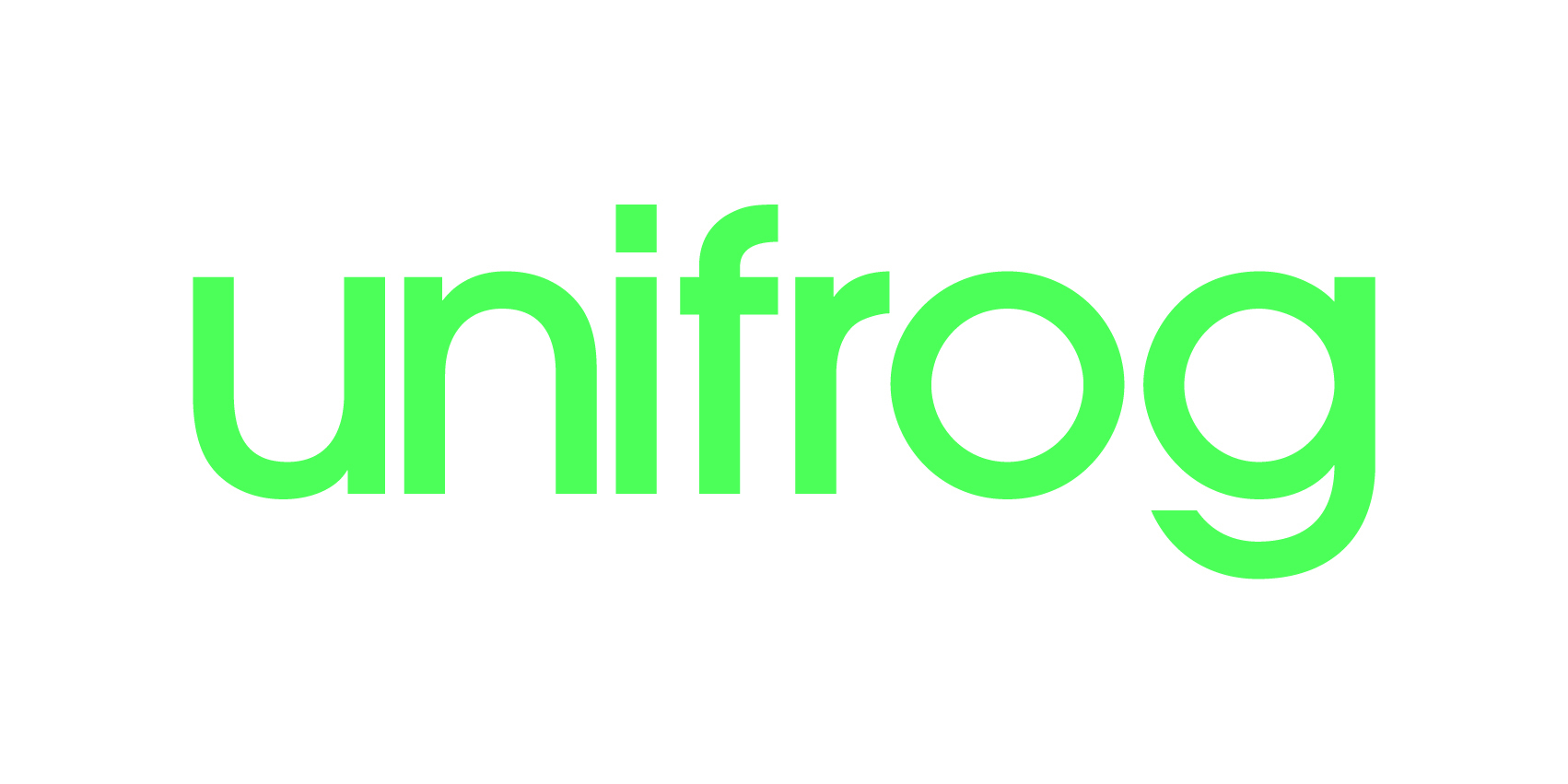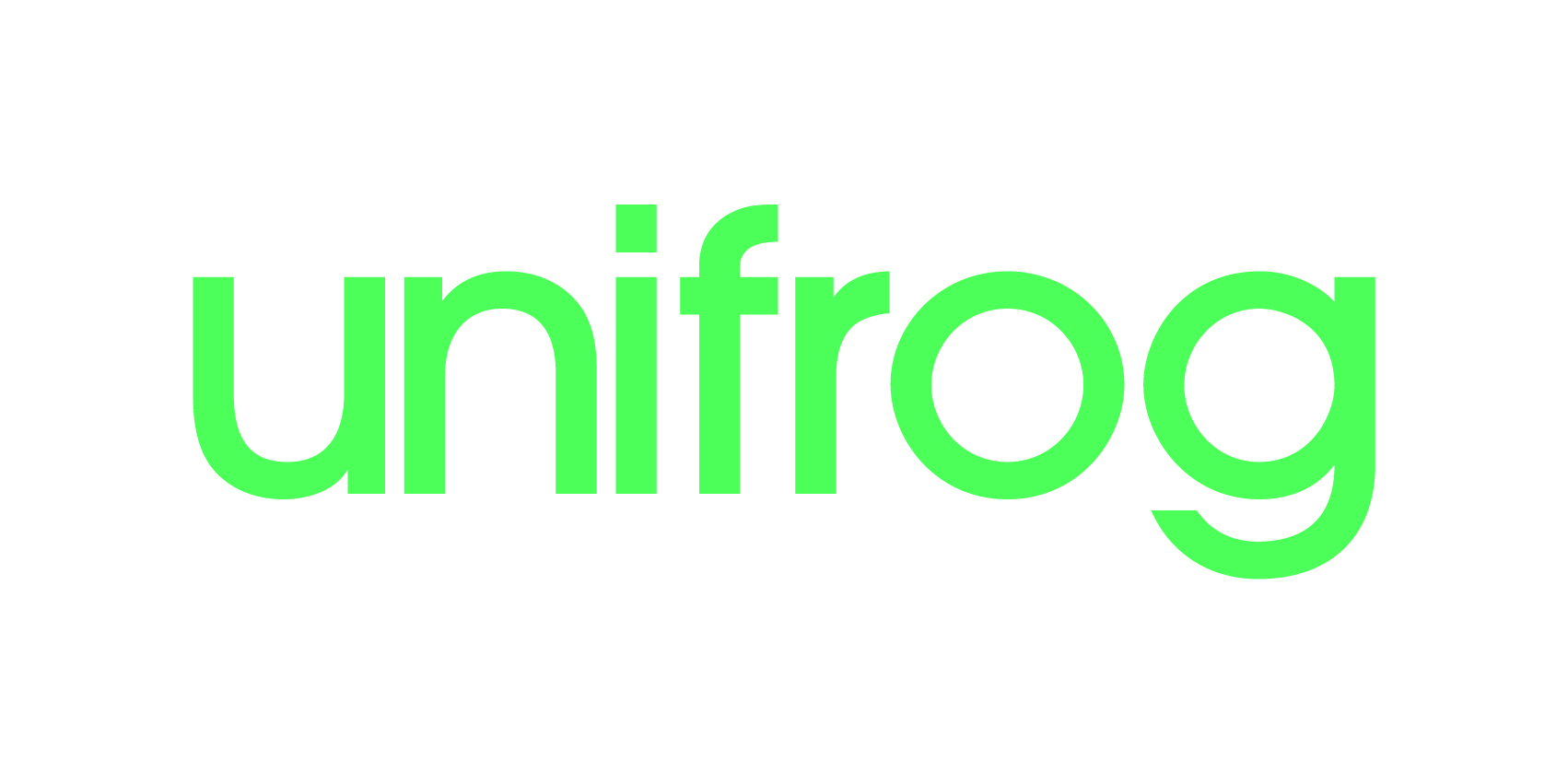A guide to applying to university in the Netherlands
Almost 86,000 international students from 170 different countries enrol in higher education in the Netherlands each year, and this number continues to grow. Here are some reasons why you should suggest the Netherlands as a study abroad destination for your students

Created in partnership with

Created in partnership with

World-class teaching
Teaching at universities in the Netherlands reflects the country’s open-minded culture. Programmes put an emphasis on independent learning and good communication between students and lecturers. Classes encourage active participation, group work and the sharing of views with fellow students. This allows students to hone skills such as explaining ideas, solving problems and offering constructive criticism, which will be crucial in future jobs or research roles.
Across all fields of study, about 60 per cent of programmes are taught in Dutch; the rest are taught in English or multiple languages. Students can choose to make their course of study very broad or very specialised, depending on whether they take a minor alongside the main subject. So there’s a wide range of flexible programmes to choose from.
Support with tuition costs
Whether your students are from inside or outside the European Union, there’s help to manage student finances. Annual tuition fees for students from the EU are €2,168 per year. Collegegeldkrediet – a loan from the Dutch government – is available to cover all or part of these fees for EU students. There are additional student grants of about €1,500 a year given out based on a student’s family income, too.
For students from outside the EU or the European Economic Area, tuition fees are higher, tending to range from €6,000 to €15,000 annually, depending on the programme and the university. Such students will not be eligible for the collegegeldkrediet, but they may be able to apply for a number of government and university scholarships. For instance, the Dutch government awards the Holland Scholarship of €5,000 to international students in their first year of study.
There are many loans and scholarships available for those wishing to study in the Netherlands. In the meantime, take a look at our guide to the cost of studying in the Netherlands, which will help you to give your students a good idea of how much they might pay to study in the Netherlands.
Happy and open-minded society
English is very widely spoken in the Netherlands, so students will be able to connect with local Dutch neighbours and navigate day-to-day life easily.
The country’s diversity is reflected in its food, entertainment and festivals. To get a flavour of the variety, suggest that students visit the Yada Yada Market in Amsterdam, where they can find international street food, clothes and live music. Or they could enjoy LGBT+ Pride celebrations that last throughout the summer, with marches, canal parades and open-air cinema events. There’s even the annual Drongo language festival at Utrecht University that’s devoted to the impact and science of languages.
Graduate opportunities
Despite its small size, the Netherlands is a major hub of arts and industry. As the host of countless companies from around the world, the Netherlands offers fantastic job opportunities. Everything from Tesla and Philips, and ING and Heineken, has a presence in the country.
A quarter of international students choose to stay in the Netherlands after graduating. EU graduates don’t require a work permit to stay, and non-EU students can make use of the country’s orientation year visa. This visa allows graduates to stay as residents and work in the Netherlands for up to a year after they finish their programme.
Explore the art and history
Given the many significant contributions the Dutch have made to culture, science and industry, it’s no wonder that the Netherlands now has one of the highest museum densities in the world.
Students will be able to visit masterpieces at the Van Gogh Museum, the Rembrandt House Museum and the Foam Fotografiemuseum. For another view, they can head to the top of the copper-clad roof of the Nemo Science Museum to enjoy the panorama terrace. Students should carry their ID cards with them as many of these venues and more offer student discounts.
For a free activity, a walk around almost any urban area affords views of an intriguing mix of Dutch Renaissance, Baroque and modernist architecture. Cycling day trips are a popular low-cost way to explore the quintessential Dutch windmills and tulips.



